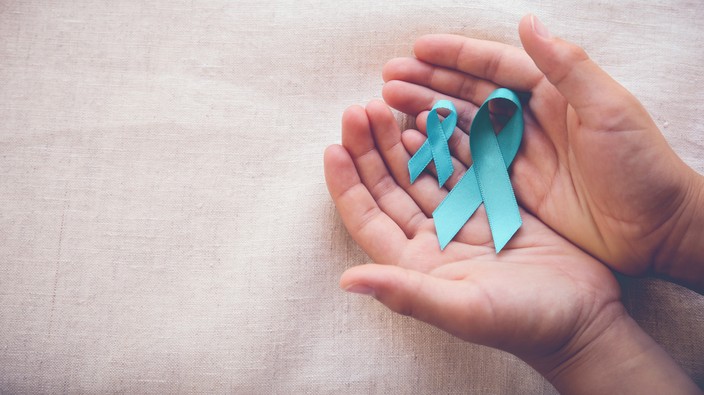what is cervical cancer?
cervical cancer starts in the cells of the cervix where a malignant tumour, a group of cancer cells, grows into and destroys surrounding tissue,
according to the canadian cancer society. the tumour can also spread to other parts of the body. almost all cases are caused by the human papillomavirus (hpv), a sexually transmitted infection that can also lead to a variety of cancers like head, neck and anal cancer in both women and men.
when you’re exposed to hpv, your immune system typically prevents the virus from doing harm. but in a small percentage of people, the virus survives for years, contributing to the process that causes some cervical cells to become cancer cells,
notes the mayo clinic.
about 1,450 canadian women will be diagnosed with cervical cancer in 2022 and an estimated 380 women will die from it, reports
the canadian cancer society. the disease accounts for roughly two per cent of all new cancer cases in women, and most cases (67 per cent) occur in women aged 30 to 59,
according to health canada.
there are no symptoms in the early stages of cervical cancer
early stage cervical cancer usually doesn’t come with any symptoms. when the disease is more advanced, there may be vaginal bleeding between periods, after menopause, or after intercourse, or unexplained general pelvic pain or pain during intercourse. another sign is watery, bloody vaginal discharge that may be heavy and have a foul odour.
 3 minute read
3 minute read








